Gardening is a rewarding hobby, but it often comes with the challenge of dealing with pests. Identifying the common pests in your garden, understanding when treatment is necessary, and knowing the most effective control methods are key to maintaining healthy plants. Below, we’ll explore common garden pests such as aphids, mites, borers, grasshoppers, caterpillars, ants, snails, and slugs, including the threshold to treat and how to manage each pest.
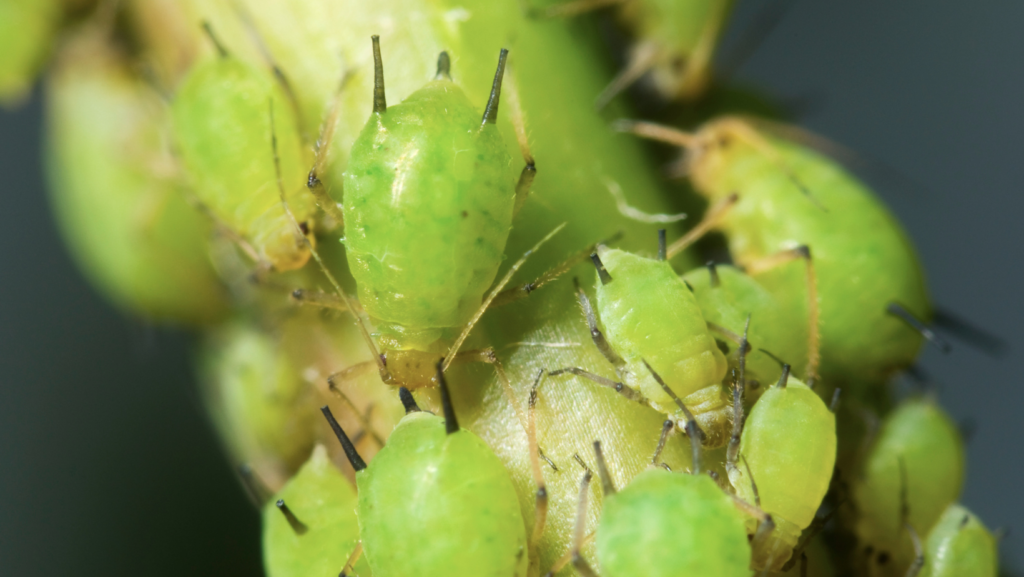
1. Aphids
Identification: Aphids are small, soft-bodied insects that cluster on the undersides of leaves or along stems. They suck plant sap, causing leaves to curl, yellow, and stunt growth.
Threshold to Treat: Aphid populations can increase quickly, so treatment should start as soon as you notice clusters forming on your plants. A general guideline is to act when you see more than 10 aphids per leaf or stem on a plant.
Treatment Options:
- Manual Removal: Blast aphids off plants with water from a hose or remove them by hand.
- Natural Predators: Encourage ladybugs and lacewings, which are natural aphid predators.
- Neem Oil: Spray plants with neem oil or insecticidal soap to smother aphids. Apply early in the morning or late in the evening to avoid harming beneficial insects.

2. Mites
Identification: Spider mites are tiny, often red or brown, and leave a fine webbing on plants. They thrive in hot, dry conditions and cause leaves to become speckled and discolored.
Threshold to Treat: Treat when you observe visible damage and webbing, typically when populations exceed a few mites per leaf or if the damage is visible across the plant.
Treatment Options:
- Water Spray: Rinse the plants thoroughly with water, especially the undersides of leaves, to remove mites.
- Miticides or Insecticidal Soap: Use a miticide specifically labeled for spider mites, or apply insecticidal soap. Repeat applications may be necessary.
- Humid Environment: Increase humidity around the plant to discourage mite populations.
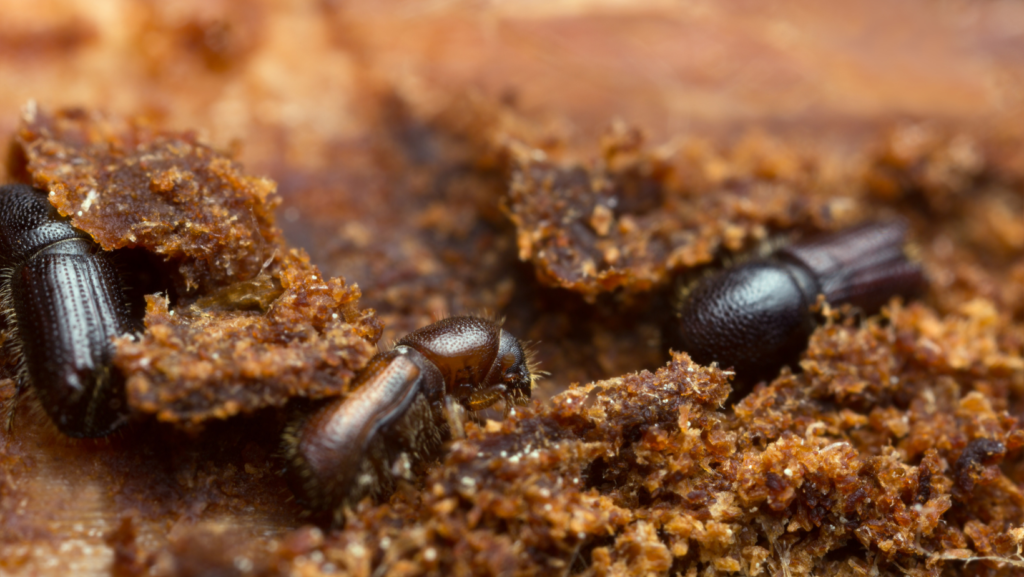
3. Borers
Identification: Borers are larvae that tunnel into the stems, trunks, or roots of plants. Common signs include wilted stems, sawdust-like frass around entry holes, and sudden plant decline.
Threshold to Treat: Treatment should begin as soon as borer activity is detected. Any signs of frass, holes in the bark, or wilted branches indicate action is needed.
Treatment Options:
- Preventive Barriers: Wrap trunks with protective covers to prevent egg-laying.
- Pesticides: Systemic insecticides can be used to kill larvae inside the plant. Apply pesticides labeled for borers early in the season to prevent larval penetration.
- Pruning: Remove and destroy affected branches to reduce further infestation.
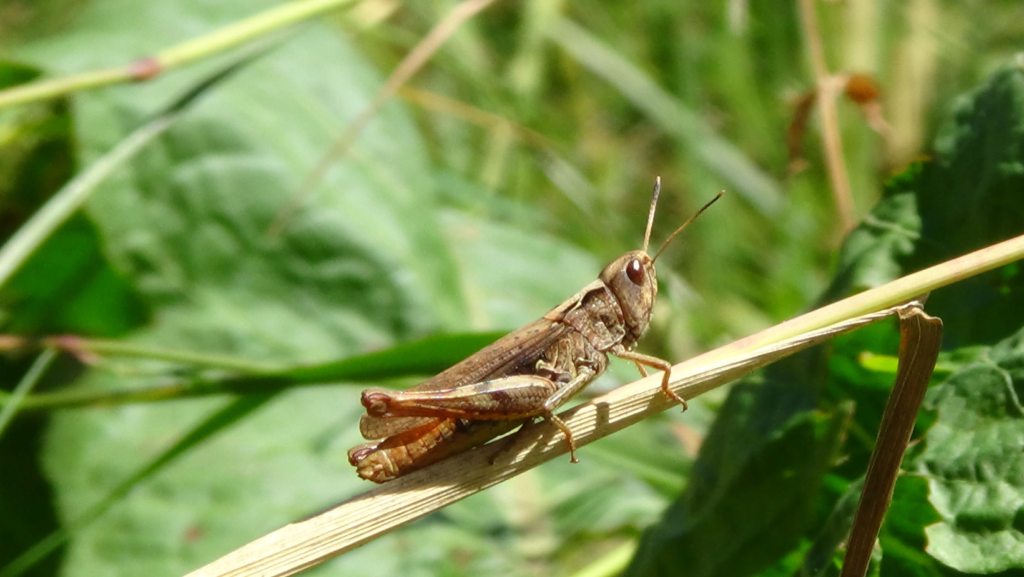
4. Grasshoppers
Identification: Grasshoppers are large insects that chew on leaves and stems, creating irregular holes in the foliage. They are particularly destructive in dry conditions.
Threshold to Treat: Begin treatment when you observe more than a few grasshoppers per square yard of garden space, or if their feeding is causing significant damage to plants.
Treatment Options:
- Row Covers: Use floating row covers to physically block grasshoppers from accessing plants.
- Nosema Locustae Bait: This biological control targets grasshoppers without harming other insects.
- Insecticides: Use insecticides like carbaryl or permethrin if infestations are severe.

5. Caterpillars
Identification: Caterpillars, the larvae of moths and butterflies, can cause significant damage by chewing large holes in leaves and devouring entire plants.
Threshold to Treat: Caterpillars are usually controlled when you see moderate damage (approximately 10% leaf loss) or before caterpillars defoliate entire plants.
Treatment Options:
- Handpicking: Physically remove caterpillars from plants and drop them into soapy water.
- Bacillus thuringiensis (Bt): A biological insecticide that is highly effective against caterpillars but safe for beneficial insects.
- Neem Oil: Use neem oil as a repellent and control method for small caterpillar infestations.
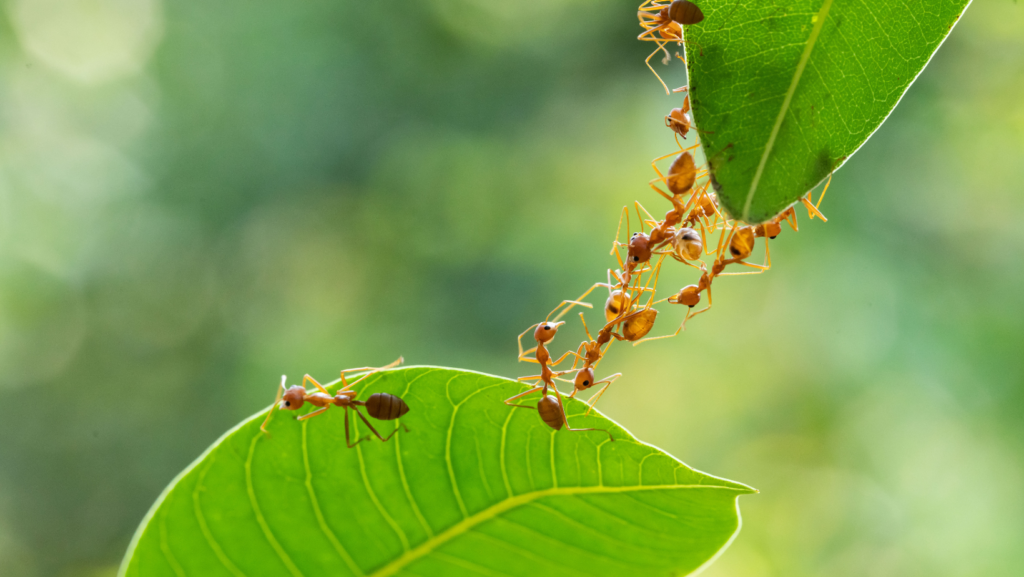
6. Ants
Identification: While ants do not usually cause direct damage to plants, they protect aphids, scale insects, and other sap-sucking pests in exchange for honeydew.
Threshold to Treat: Ant control is necessary when they are protecting other pests, or if their mounds disrupt plant growth or garden activities.
Treatment Options:
- Baiting: Use ant baits containing boric acid or spinosad near ant trails. Ants will carry the bait back to the colony, killing the queen.
- Diatomaceous Earth: Apply diatomaceous earth around plants and nests to dehydrate and kill ants.
- Remove Aphids: By controlling aphids and other honeydew-producing pests, ant populations will decrease naturally.
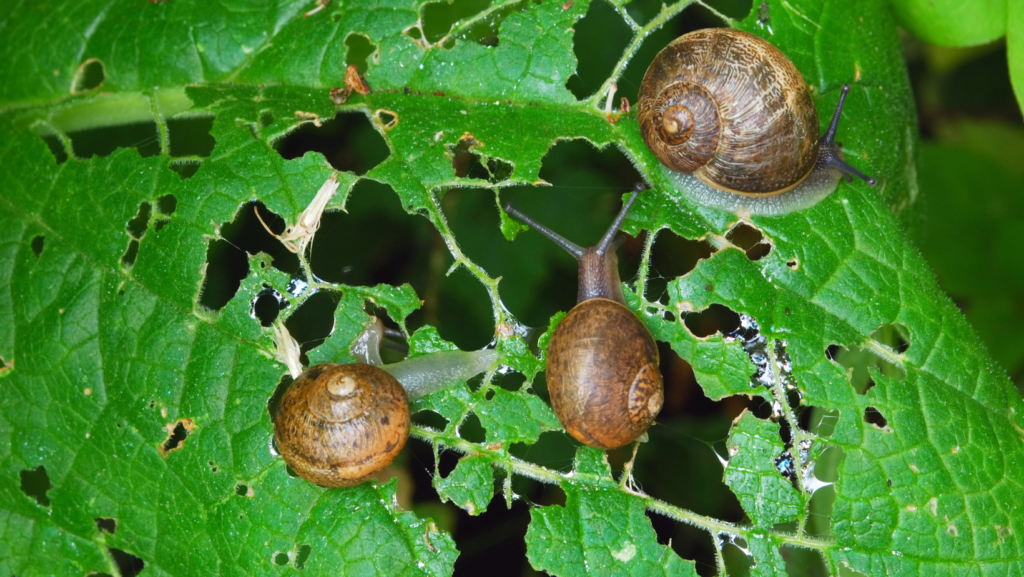
7. Snails and Slugs
Identification: Snails and slugs leave slimy trails on plants and ground surfaces. They chew irregular holes in leaves and can decimate young seedlings.
Threshold to Treat: Begin treatment when you notice plant damage, particularly on tender seedlings and leafy vegetables.
Treatment Options:
- Beer Traps: Place shallow containers filled with beer in the garden to attract and drown snails and slugs.
- Copper Barriers: Surround plants with copper tape or wire to deter snails and slugs, as they dislike crossing copper.
- Iron Phosphate Baits: Use baits containing iron phosphate, which is safe for pets and wildlife but deadly to snails and slugs.
Conclusion
Effectively managing garden pests requires timely action and targeted treatments. By identifying common pests such as aphids, mites, borers, grasshoppers, caterpillars, ants, snails, and slugs, and monitoring pest populations closely, you can ensure that interventions are applied at the appropriate thresholds. Incorporating both natural and chemical controls, depending on the severity of infestations, will help protect your garden without compromising its health.
Need Assistance? Contact Us at Green Hills Nursery
Effectively managing garden pests and knowing the right time to act can significantly impact the health and beauty of your garden. If you have any questions about identifying common garden pests, choosing the best treatment options, or understanding when and how to apply control measures, contact Green Hills Nursery. Our knowledgeable experts are here to provide personalized advice to help you protect your plants and maintain a thriving, pest-free garden. Bring in photos of affected plants or pest samples for further assistance, and we’ll guide you in selecting the most effective solutions for your garden’s needs!




